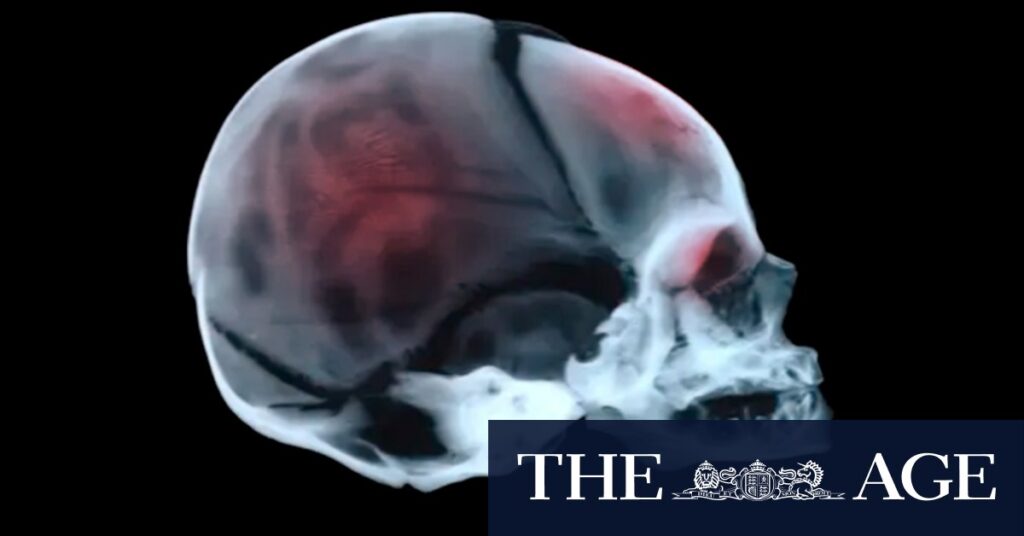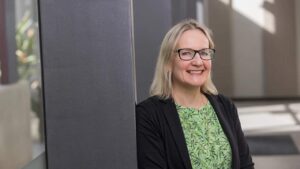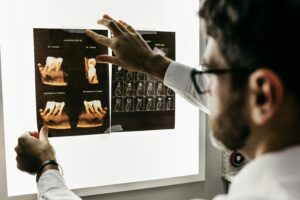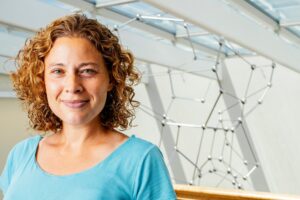
It was an unremarkable October night in Melbourne’s northern suburbs when Kabir* gently jiggled his daughter’s chin, trying to prompt the baby to smile for a video he wanted to send to his family back home in India. Four minutes later, his wife Dipika* awoke as Kabir hurried into her room. In his arms, their daughter Dua* lay limp. They called an ambulance, but there was a delay, so they raced Dua to the hospital.
“I started giving her mouth-to-mouth. I am not a medical expert, so I thought maybe she’s not able to breathe,” Dipika recalls four years later. “What’s going on? I just … couldn’t understand. I literally thought she’s dying.”
Kabir and Dipika expected their daughter would receive the best treatment possible, and she did. But doctors also raised suspicions that the parents might have been responsible for her injuries. In the case that followed, police and the child protection service agreed that in the four minutes after Kabir shot that sweet video, he had grabbed his baby and shaken her so violently that blood vessels in her skull and the tissue behind her eyes had started to bleed.
The Controversial Diagnosis of Shaken Baby Syndrome
The accusation changed the young family’s lives forever. And they’re not the only ones. For decades, families in Australia and overseas have been accused of one of the worst crimes imaginable – child abuse. Diagnosing Murder is an investigative podcast about parents who have had their children taken away, sat in the dock, and even done time in prison. All for something they insist they didn’t do – shake their baby.
“I lost everything, and it went on for seven years,” says one young man. Another asks, “How do I have faith to take my child to a hospital, when the hospital has done this?”
Historical Context and the Rise of Shaken Baby Syndrome
Shaken Baby Syndrome (SBS) emerged as a diagnosis in the 1970s, when pediatricians began noticing a pattern of injuries in infants that seemed to suggest violent shaking. The classic triad of symptoms includes subdural hemorrhage, retinal hemorrhage, and brain swelling. Over the years, SBS has become a widely accepted explanation for these injuries, often leading to criminal charges against caregivers.
However, dissenting voices have begun to emerge in Australia and beyond, suggesting that the science behind SBS might be flawed. Critics argue that similar symptoms can result from other medical conditions or accidental injuries, raising concerns about the reliability of SBS as a sole diagnosis in criminal cases.
Expert Opinions and Emerging Dissent
Each case has its own unique story, but in hospital wards and courtrooms around the country, the evidence of a few influential child abuse specialists is still accepted, almost without question. And on their opinion, fathers, mothers, boyfriends, and carers are being found guilty of serious charges, including murder, then serving long sentences in prison.
Dr. John Smith, a forensic pathologist, notes, “The problem is that the triad of symptoms can be caused by a variety of factors, including birth trauma, genetic conditions, or even infections. It’s crucial to consider all possibilities before jumping to conclusions.”
“Can we trust the science behind shaken baby syndrome? Or are innocent people being locked up for a crime they never committed?”
The announcement comes as legal and medical communities continue to debate the validity of SBS. Some experts are calling for a reevaluation of past cases, suggesting that a more cautious approach could prevent wrongful convictions.
Implications and the Path Forward
The implications of these cases are profound. Families torn apart, lives disrupted, and the question of justice hangs in the balance. As dissent grows, there is a push for more comprehensive research and a reconsideration of how SBS cases are handled in the legal system.
Meanwhile, some jurisdictions are beginning to take notice. In the United States, for example, several convictions have been overturned based on new evidence and expert testimony challenging the original SBS diagnosis.
The move represents a significant shift in how such cases might be approached in the future. As more voices join the call for change, the hope is that justice will be served more equitably, with a deeper understanding of the complexities involved in diagnosing and prosecuting alleged cases of shaken baby syndrome.
As the debate continues, the lives of many families hang in the balance, waiting for clarity and justice in a system that is still grappling with the weight of its past decisions.






